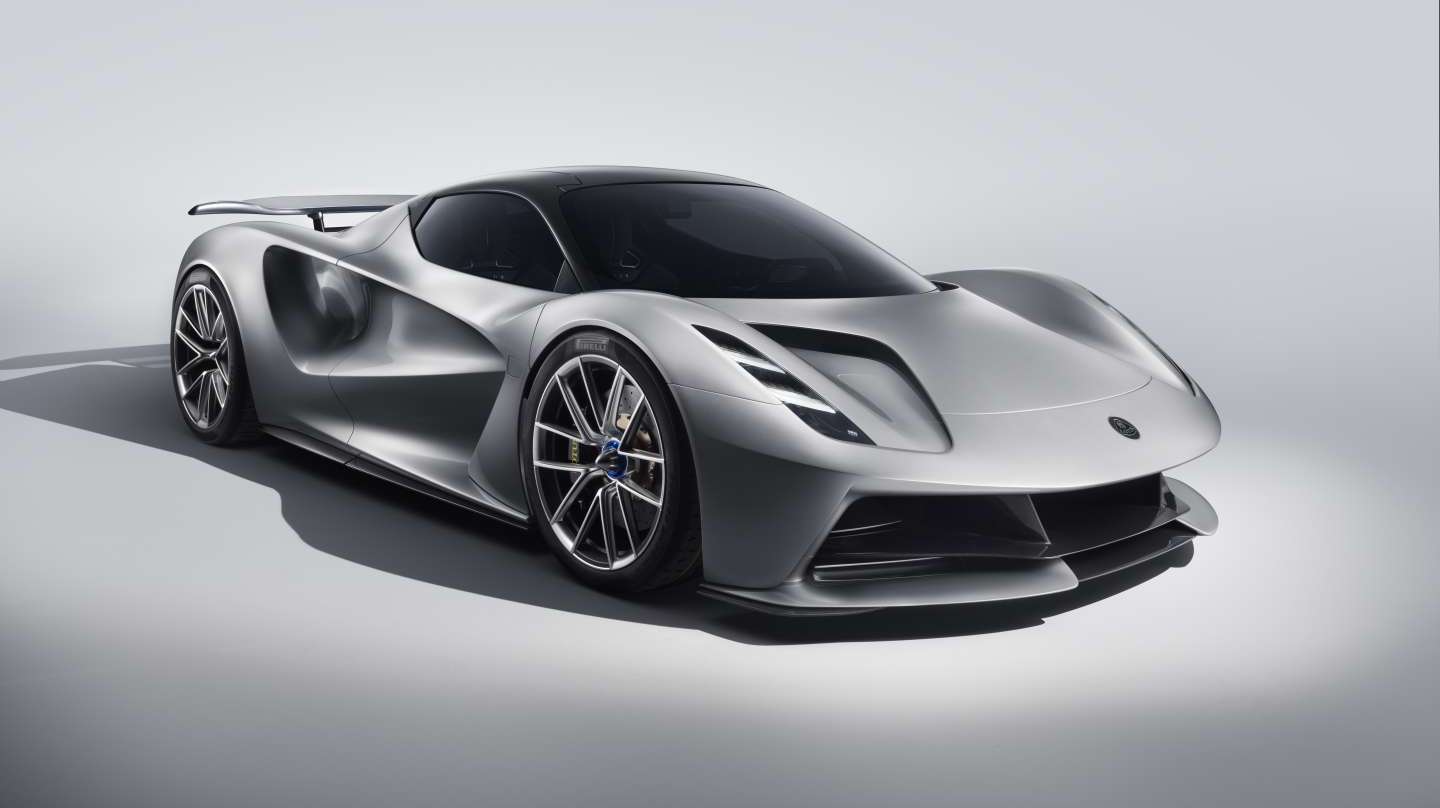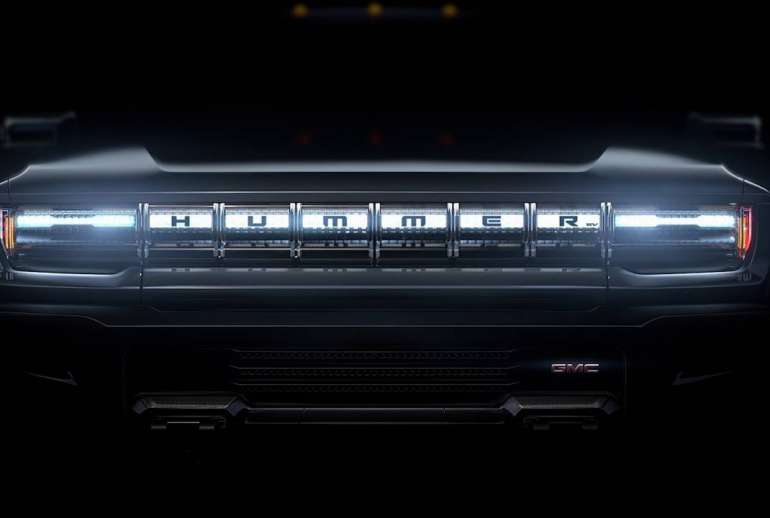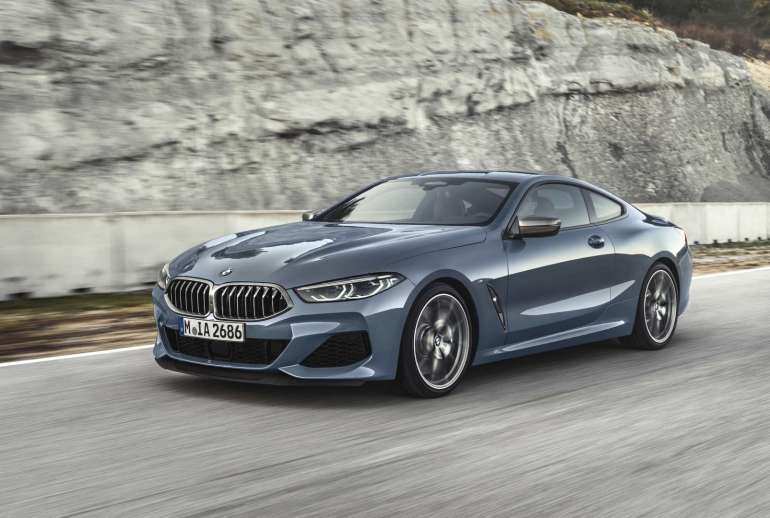Quite frankly, I was expecting to see a new Lotus SUV or sedan instead of an all-conquering hypercar. But Lotus wanted their very first all-electric vehicle to be more special than a simple family vehicle. The all-new Lotus Type 130 made a short and sneaky appearance at the 2019 Goodwood Festival of Speed. And now, the wraps are finally off.
Folks, this is the 2020 Lotus Evija. It’s an electric hypercar with 1,972-horsepower (2,000 PS) and an equally outrageous $2.5 million (£2 million) price tag.
Lotus is heading to hypercar territory with the new Evija
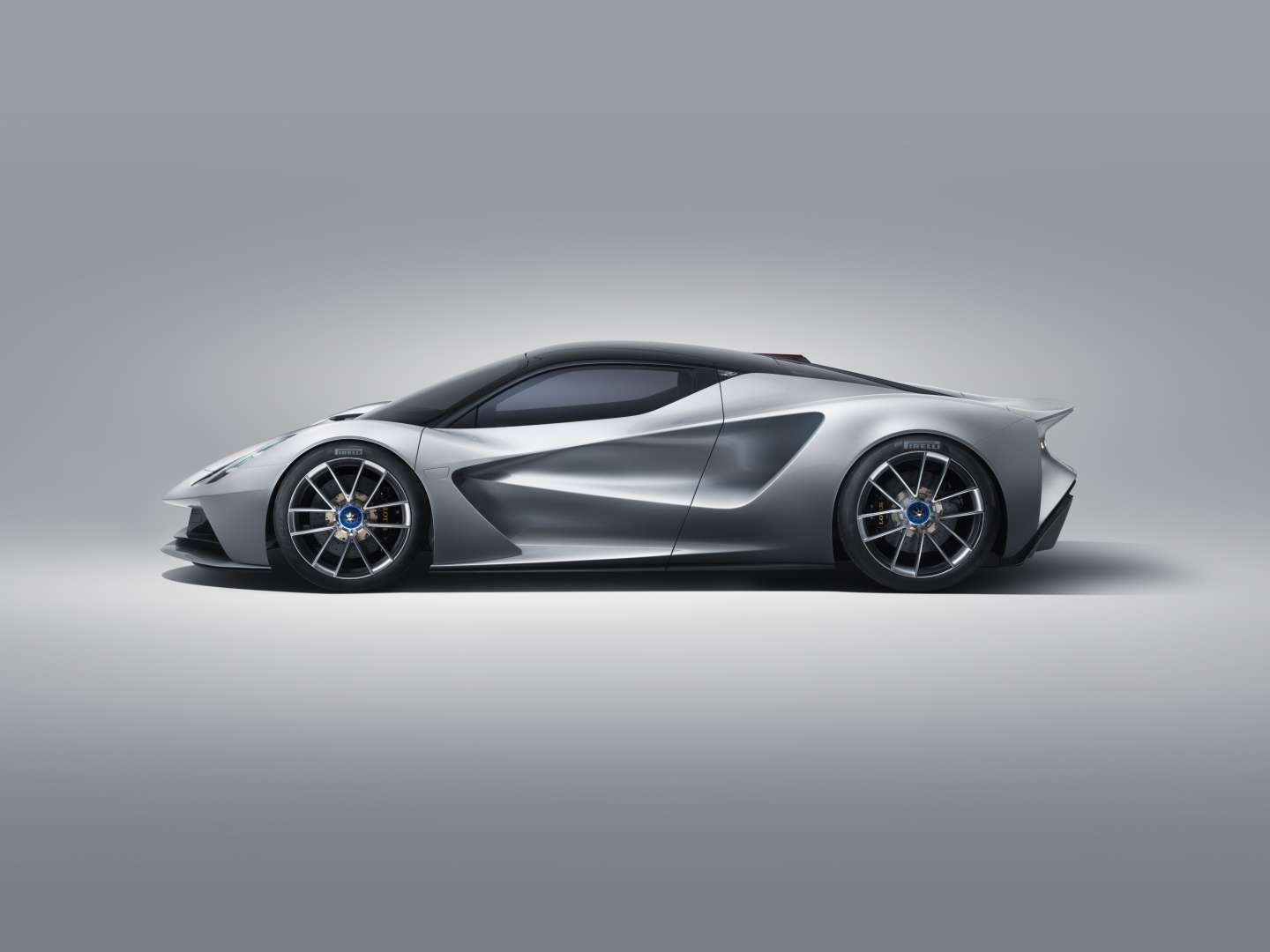
I probably spoke too soon when I said the Pininfarina Battista is an electric hypercar to end all electric hypercars. Because as it turns out, Lotus has cooked up a storm for their very first all-electric vehicle.
When creating the Evija, Lotus decided to skip hybrid/electrified territory and went straight to all-electric. How else can it make a big splash in the face of the Rimac C_Two and Pininfarina Battista, which are both hypercars producing astronomical numbers? The name ‘Evija’ means ‘The living one’ or ‘the first in existence’ and is already touted to be the most powerful British car in existence.
In fact, Lotus meant the Evija to be the most powerful production car in the world, period.
2,000 PS = 1,972 horsepower
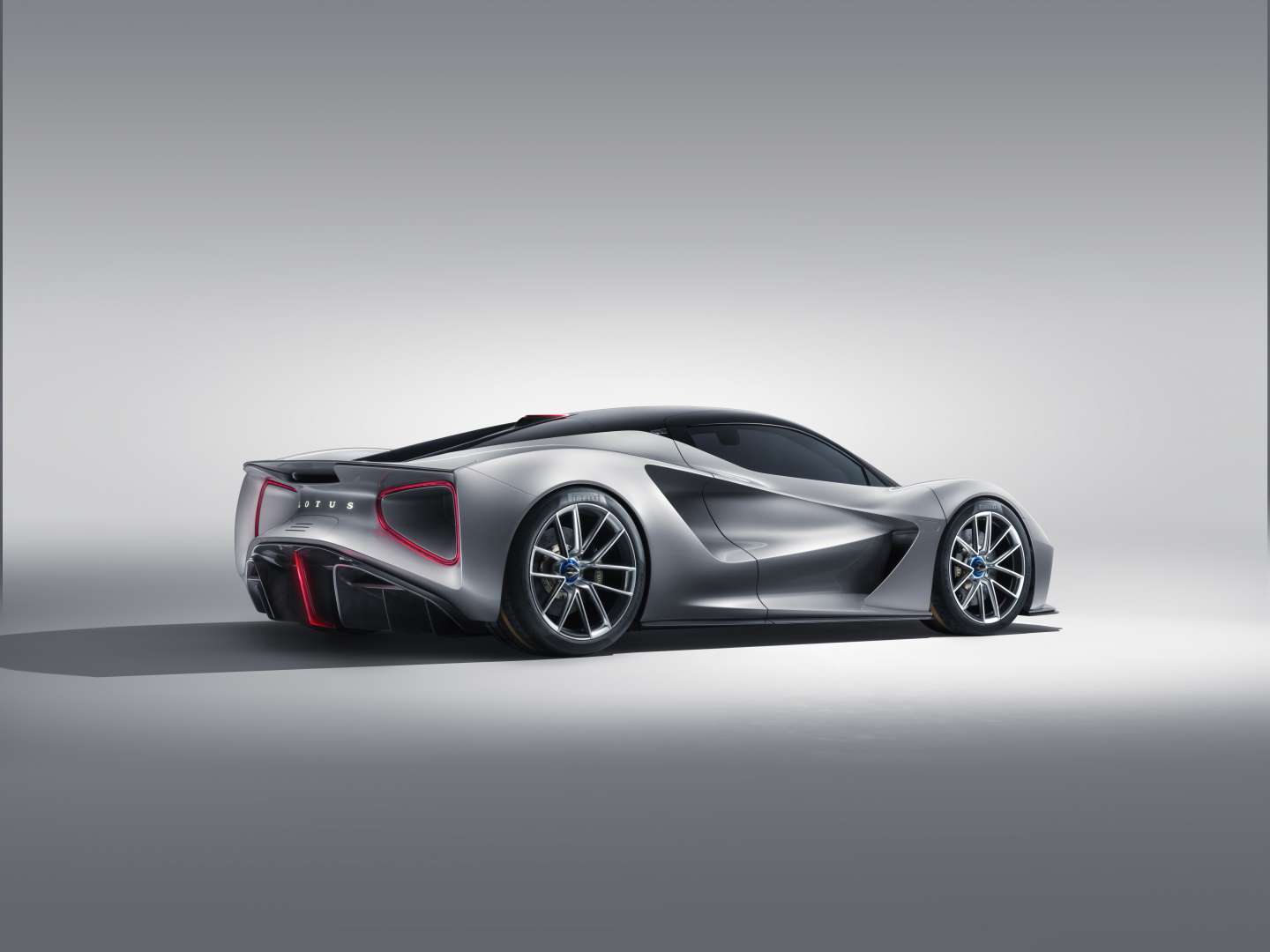
Let’s try to put everything into context. The closest rival of the Evija are the Rimac C_2 and Pininfarina Battista. The Rimac is good for 1,888-horsepower while the Battista is closer to 1,900-horsepower.
Meanwhile, the Lotus Evija has four electric motors producing 500 PS each. If you do the math, those four electric motors produce a total of 2,000 PS or 1,972-horsepower. This effectively makes the Evija more powerful than the Rimac and Battista.
But it’s not just the power that excites. We all know electric cars produce maximum torque the moment you awaken the electric motors, so it’s only fitting for the Lotus Evija to scramble faster than a frightened rodent.
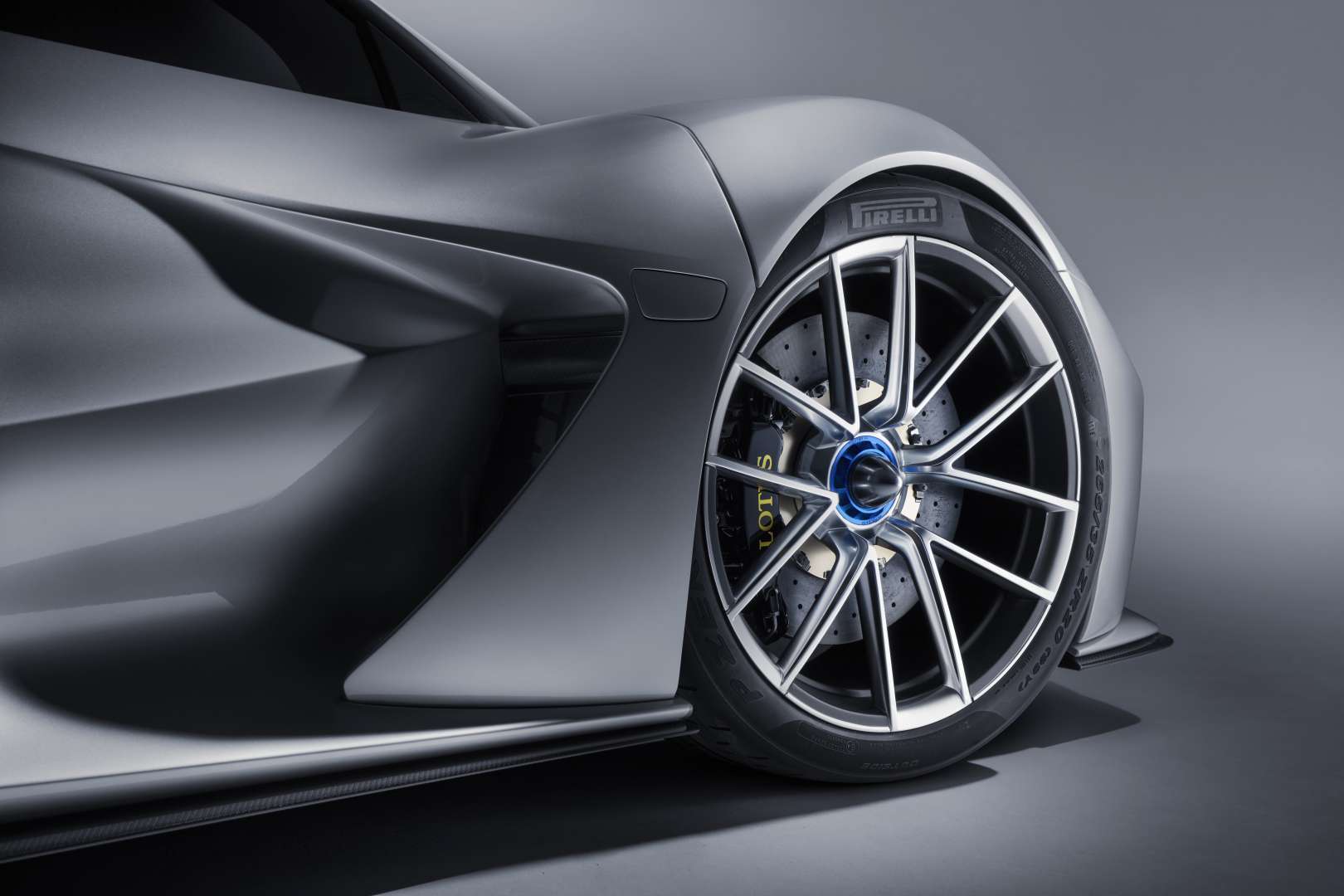
In fact, with four powerful electric motors powering each wheel, the Evija produces a mind-numbing 1,253 pound-feet (1,700 Newton-meters) of torque. Admittedly, the Pininfarina Battista churns out more stump-pulling torque at 1,696 pound-feet (2,299 Newton-meters). But at this stage of the game, what’s the point?
All I know is 1,000 pound-feet already feels pretty mighty in a heavy-duty pickup truck, so what more if it applies to a road car? “The Lotus Evija has astonishing acceleration at higher speeds. It takes less than nine seconds to reach 300 km/h which is better than any other direct competitor,” said Matt Windle, Executive Director of Sports Car Engineering at Lotus Cars.
Again, let’s put the torque figures into context. The Lotus Evija churns out over double the torques than a McLaren Senna. And since the power is vectored to all four wheels, the Evija completes the 0 to 60 mph run in less than 2.0-seconds, same numbers as the Battista.
But Evija remains a true Lotus with a relatively lightweight construction
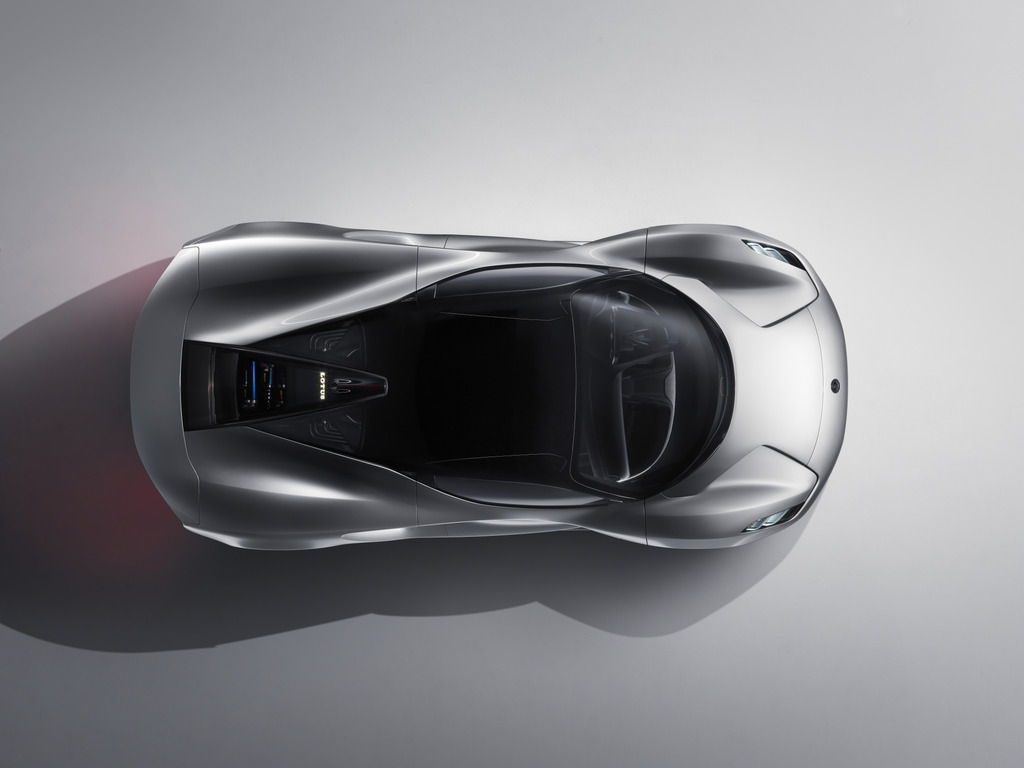
Lotus founder Colin Chapman is all about reducing weight. This tradition holds true in the 2020 Lotus Evija hypercar. The Evija is tipping the scales at 1,680 kg in its lightest specification, which is impressive given the size of the thing. The Lotus Evija has the same dimensions as a Lamborghini Aventador and is 2-meters wide in the front, so it’s not exactly in the same league as the Exige or Evora. But given the Rimac C_2 is pretty hefty at almost two tons (1,950 kg to be exact), the Evija claims the title of possibly being the lightest electric hypercar as well.
The lightness also stems from the fact the Evija is the first production Lotus to feature a full carbon fiber chassis.
It has a rear-mounted battery pack
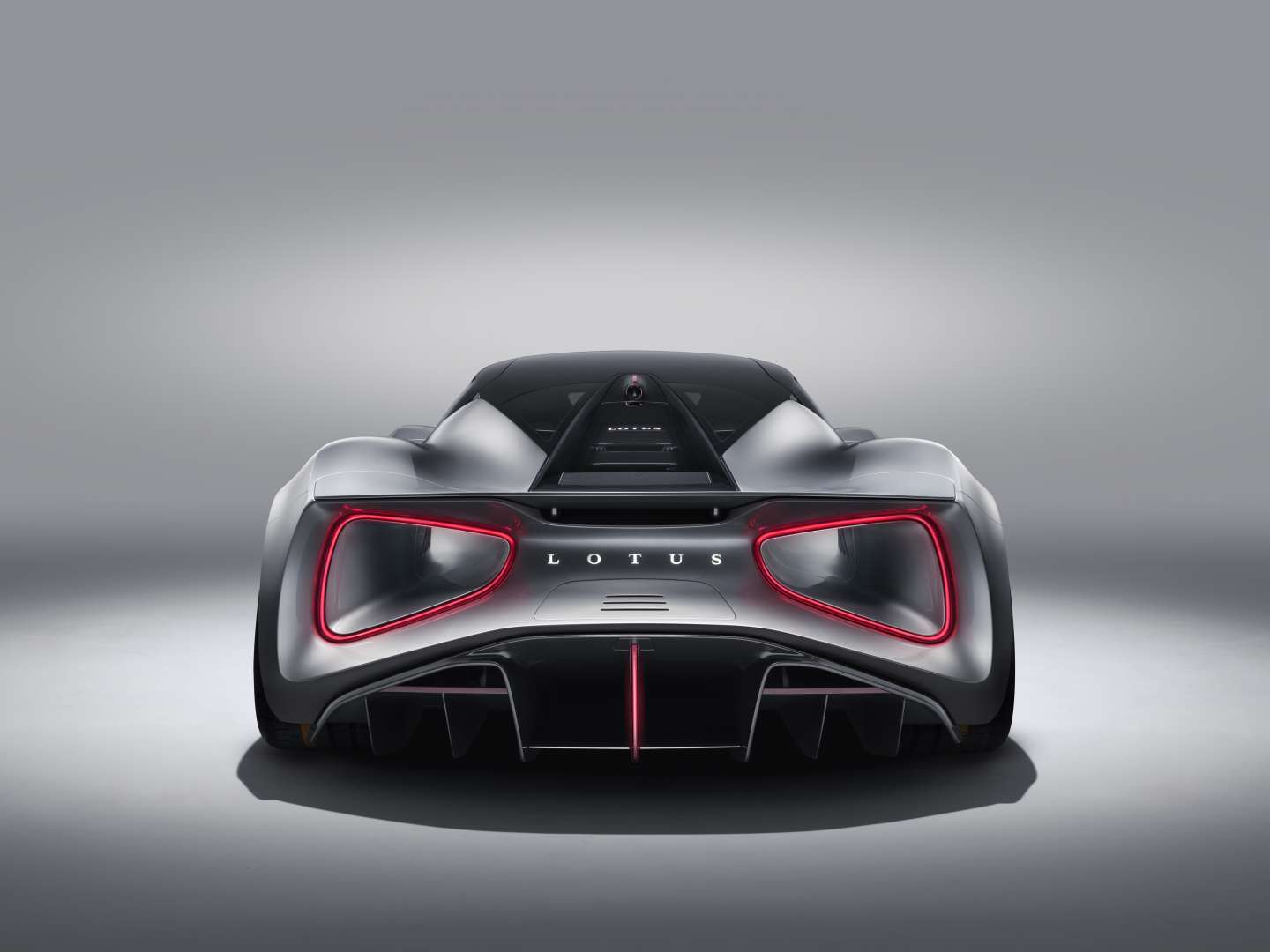
The battery pack in a Lotus Evija is mounted centrally behind the passenger compartment. So instead of an engine peering through the glass screen, you’ll see a battery pack instead. While other electric hypercars have the battery pack mounted lower in the floor, this location allows for easier servicing and maintenance. Lotus also chose this location so the battery pack can be easily swapped in the future.
Let’s dig deeper on those four electric motors. Each comes with their own helical gear ground planetary gearbox and inverter as a single cylindrical electric drive unit. This also means torque vectoring is possible to provide added agility on the road. The power can be routed to any of two, three or all four wheels in a fraction of a second.
And despite the unusual location of the battery pack, Lotus claims a 50:50 weight distribution for the Evija.
Clever aerodynamics

The single most striking design element in the new Lotus Evija is the Venturi tunnels in each rear quarter. This design is inspired by Le Mans racing cars and optimizes the airflow by directing it through the body shell of the vehicle. “During the initial design stage, we spent many hours studying images of geological forms – rocks that had been carved by nature over the centuries. We believe we’ve captured these beautiful, intriguing and elemental lines within the Evija,” said Russel Carr, Design Director at Lotus Cars.
Those Venturi tunnels are hard to miss. Each tunnel is emblazoned with a red LED light. There’s a large rear spoiler and F1-style DRS or Drag Reduction System that raises or lowers depending on the driving mode. The interesting thing about the spoiler is the way it opens up the tunnels in the rear diffuser as it rises. Lotus claims this design allows the Evija to produce at least double its weight in pure downforce.
Keen observers will notice the lack of traditional side mirrors. Instead, the Lotus Evija has a pair of cameras integrated on the front wings. There’s also a single camera mounted on the roof to provide a central view of the road behind you. All the camera feeds are viewed easily from the inside via a trio of display screens.
It charges faster than any other EV

The Lotus Evija is jointly developed with Williams Advanced Engineering and features the world’s fastest charging battery pack. So fast, in fact, the battery can accept fast-charging up to 800 kW. In theory, this means the battery is fully charged from zero capacity in approximately nine minutes.
But realistically speaking, using an existing 350 kW charging station is enough to replenish the battery to 80% in 12 minutes. Lotus claims a range of 250-miles (400 km) on the WLTP combined cycle and 270-miles using the NEDC cycle.
It also has a striking interior
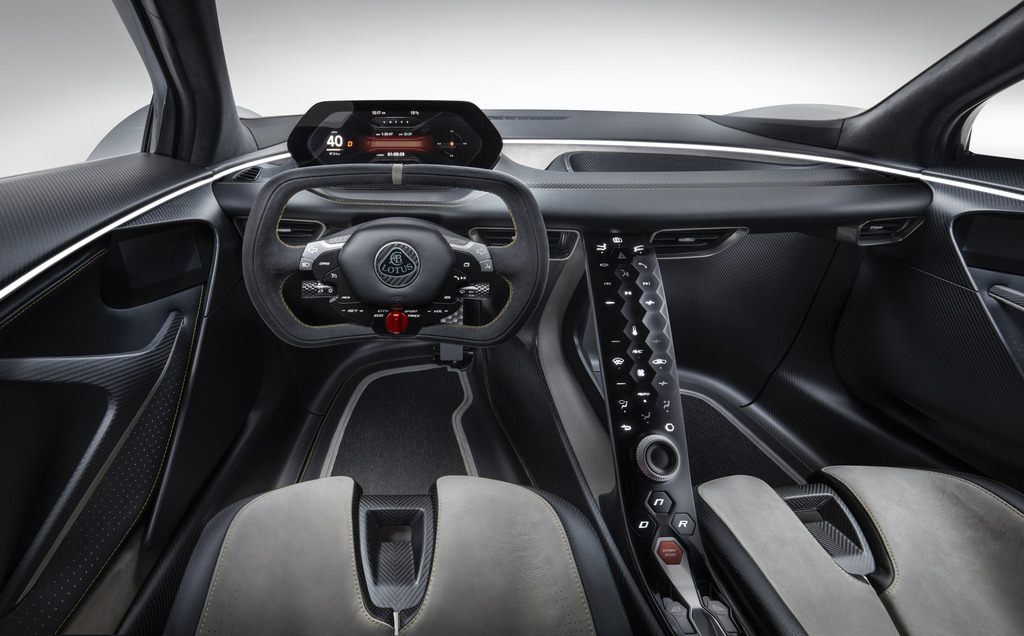
The interior of the Lotus Evija is inspired by racecar engineering. Opening the two dihedral doors will reveal and exquisite and hi-tech cabin. The carbon-fiber seats are finished in thick Alcantara while the square steering wheel is lifted directly from a Formula One car. The main controls are located on a floating ski slope-type center console which looks remarkably similar to the one fitted in the Porsche 918.
Of course, the Evija has climate control and a premium audio system along with standard Apple CarPlay and Android Auto.
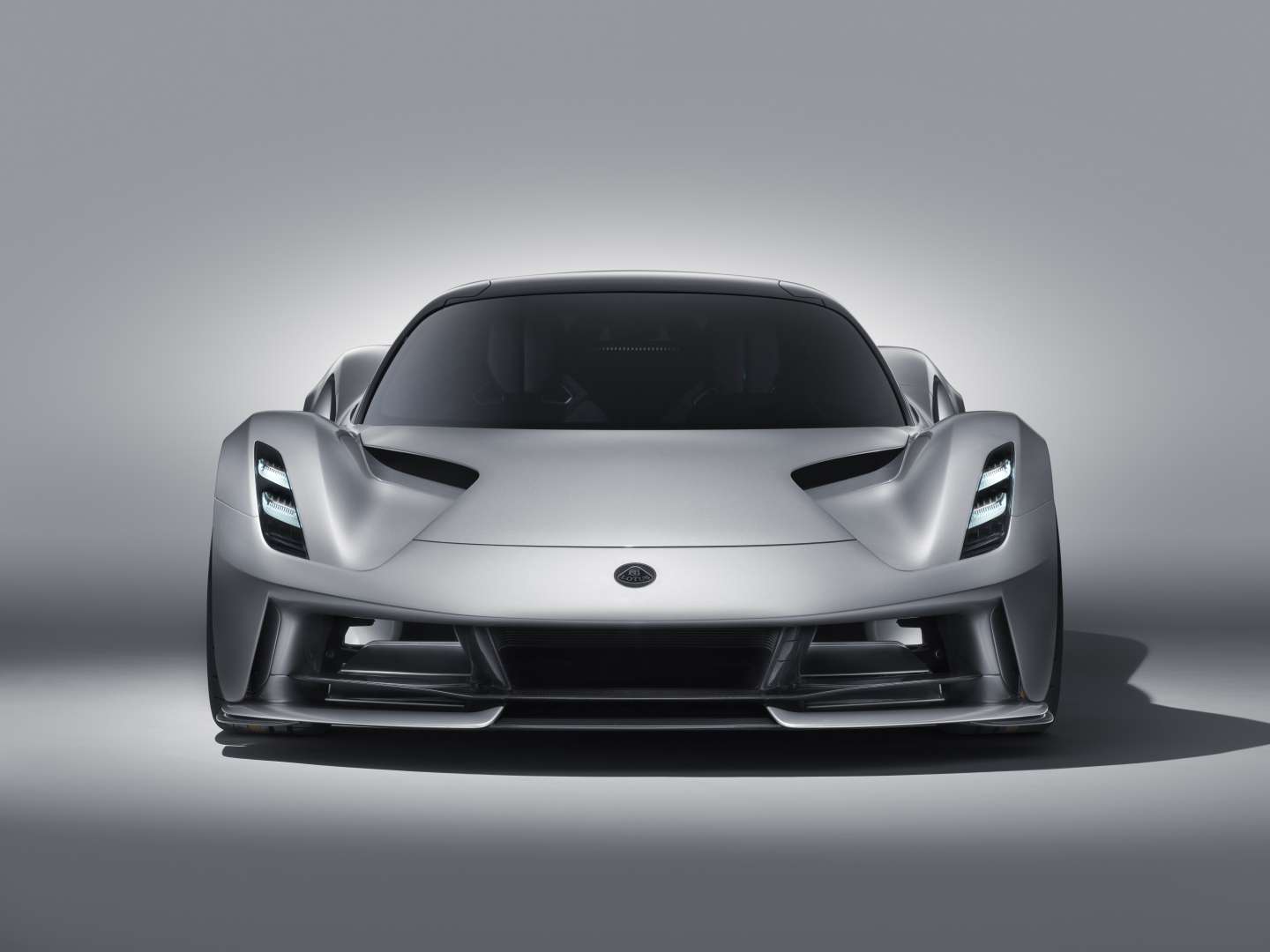
Lotus will only make 130 units of the Evija. Production begins in 2020 at the Lotus factory in Hethel, UK. If you’re interested in the Lotus Evija, simply prepare a $300,000 (£250,000) deposit to secure your production slot.

